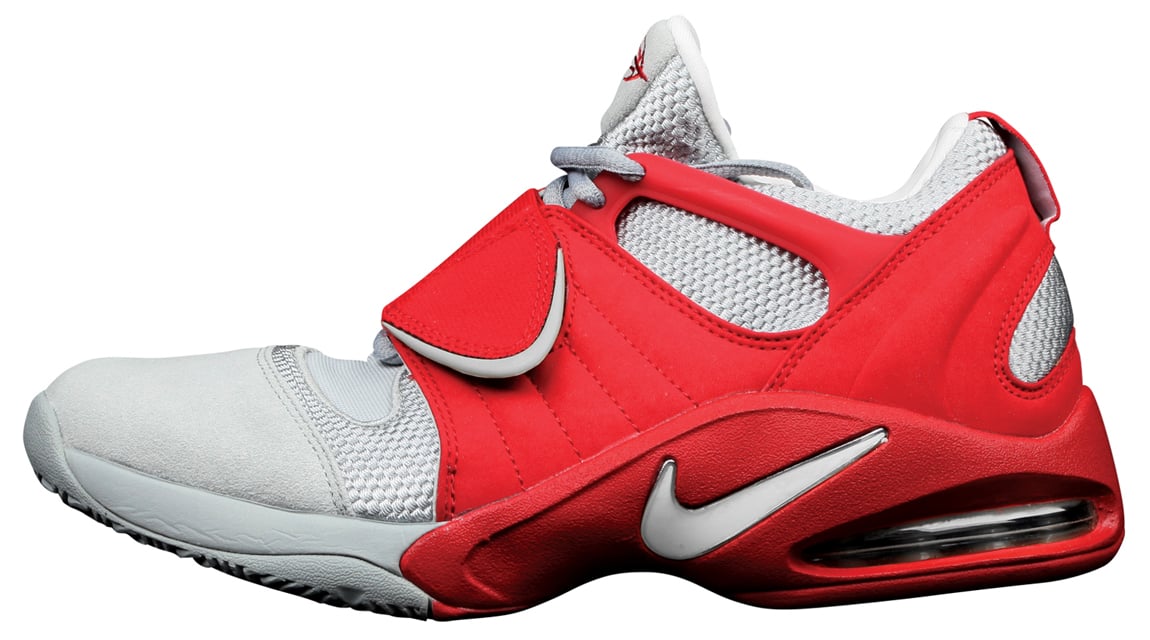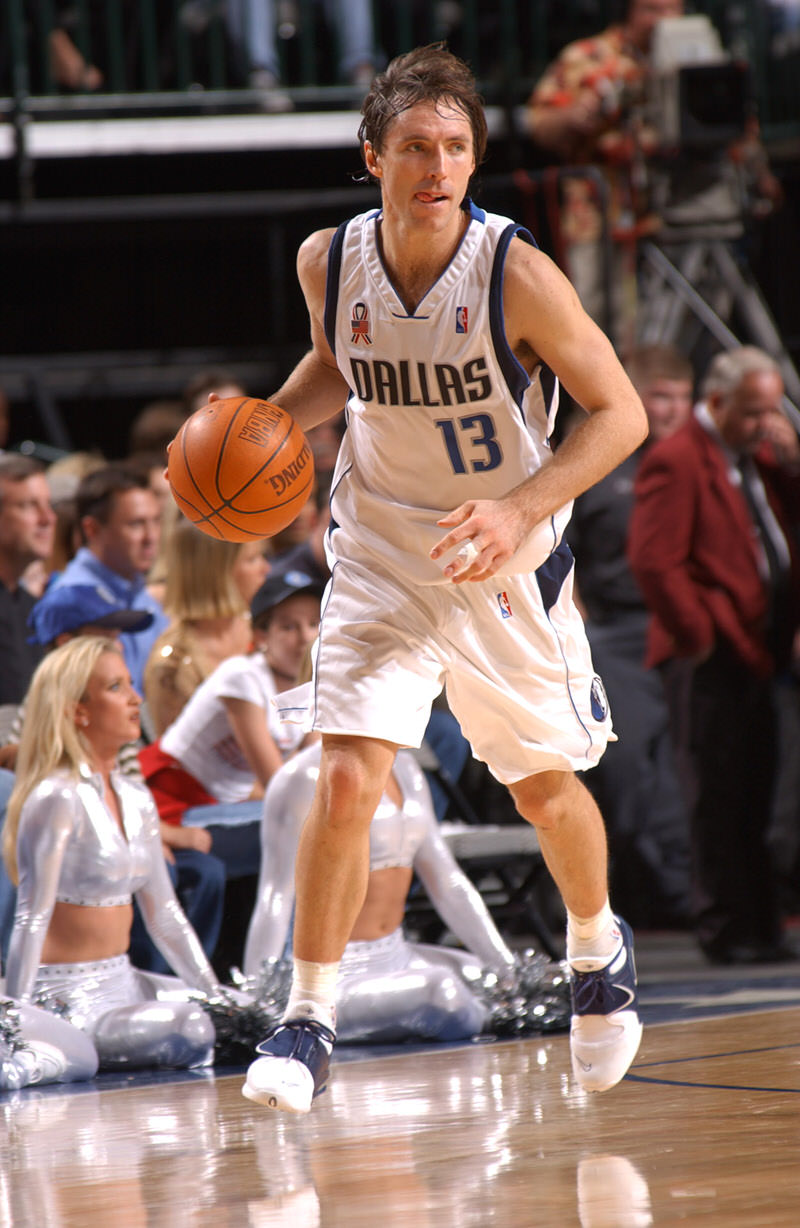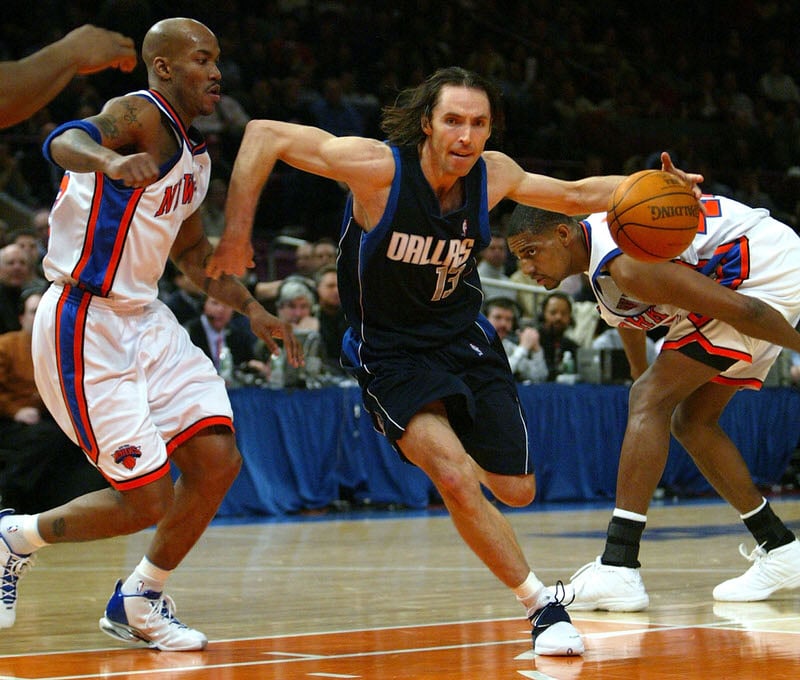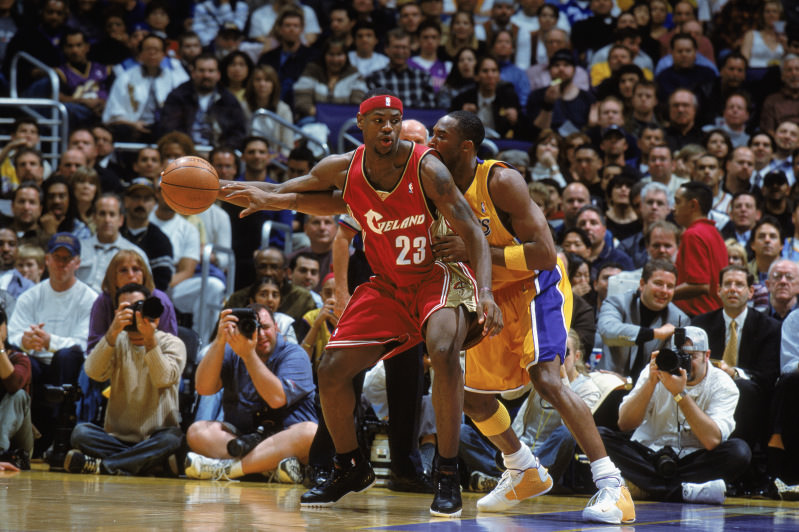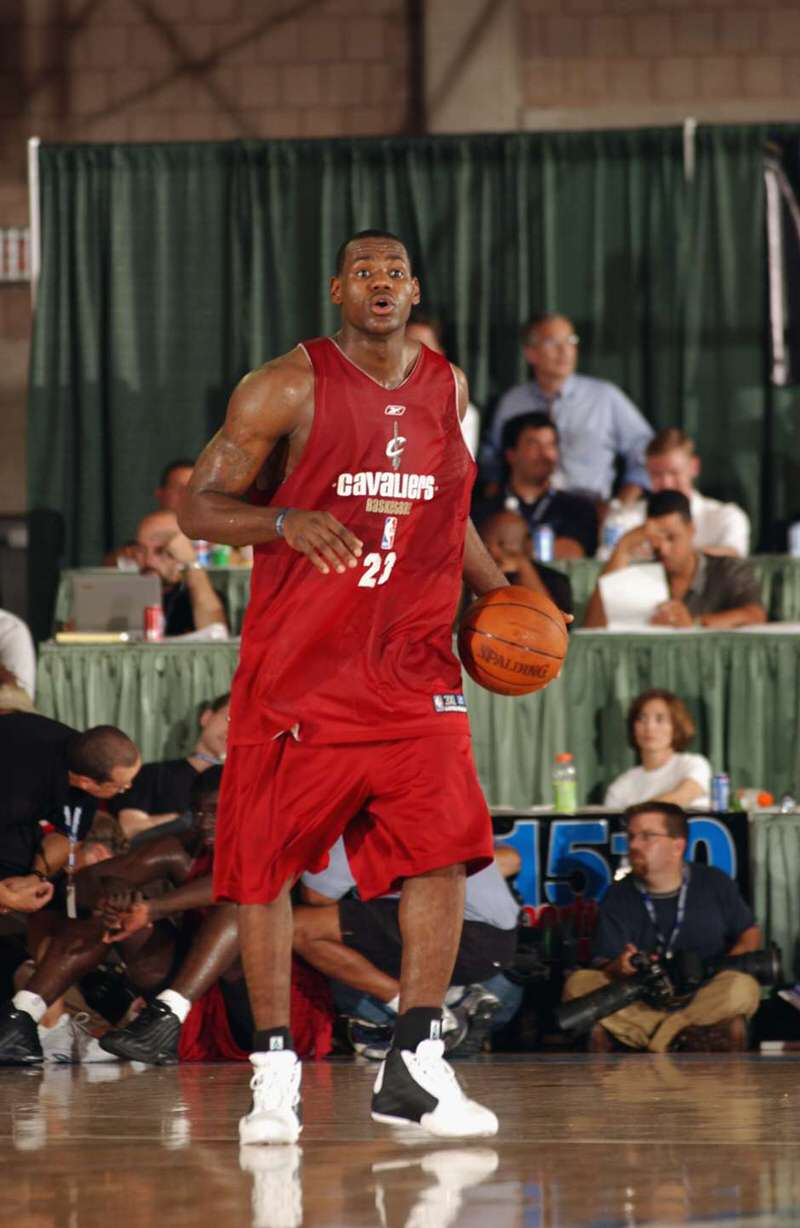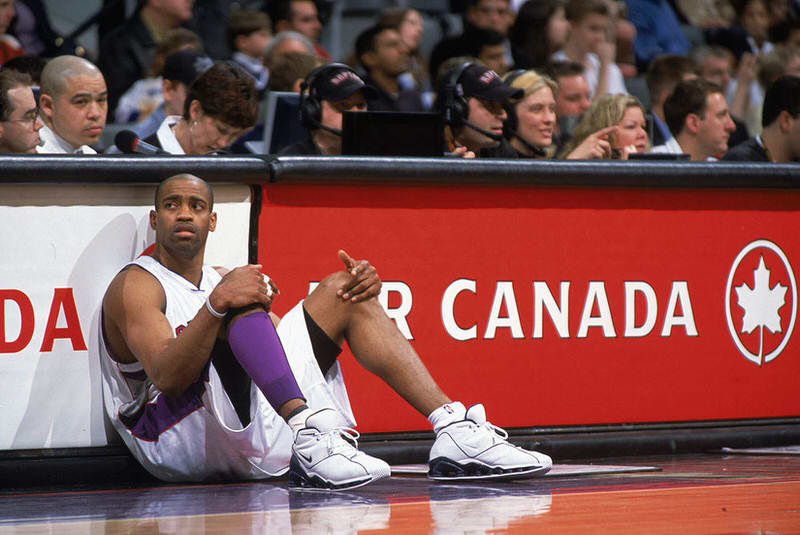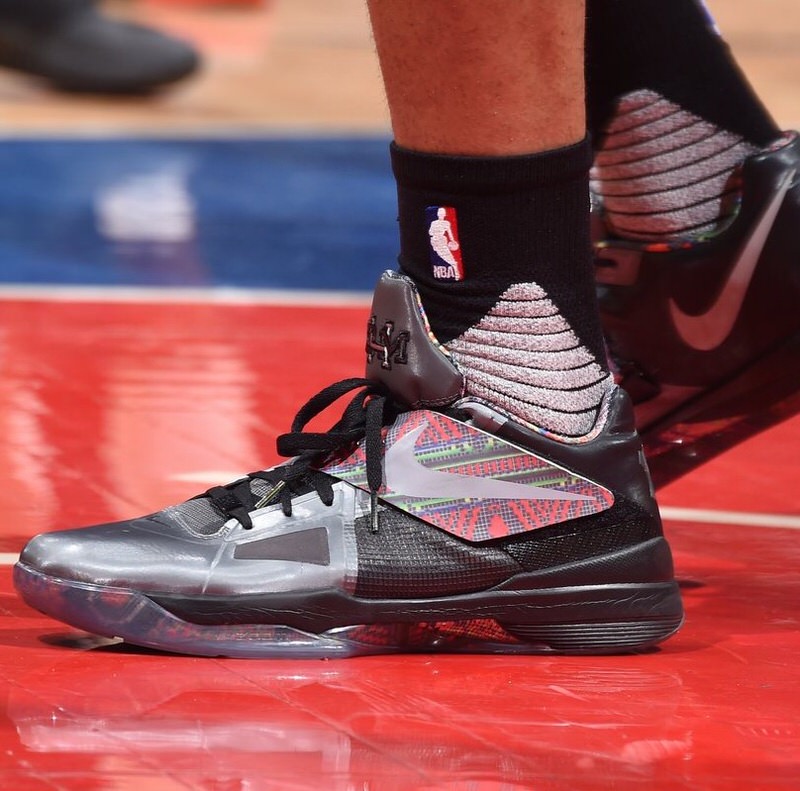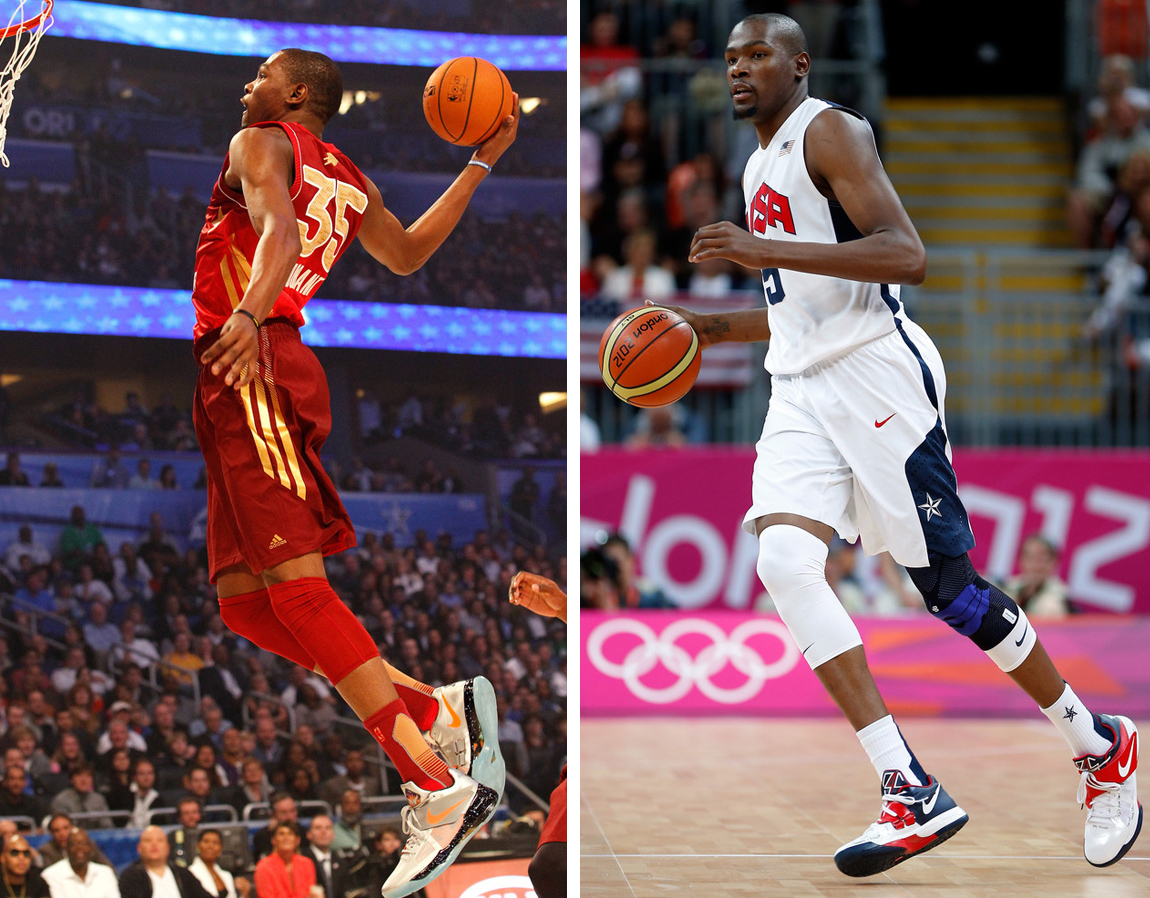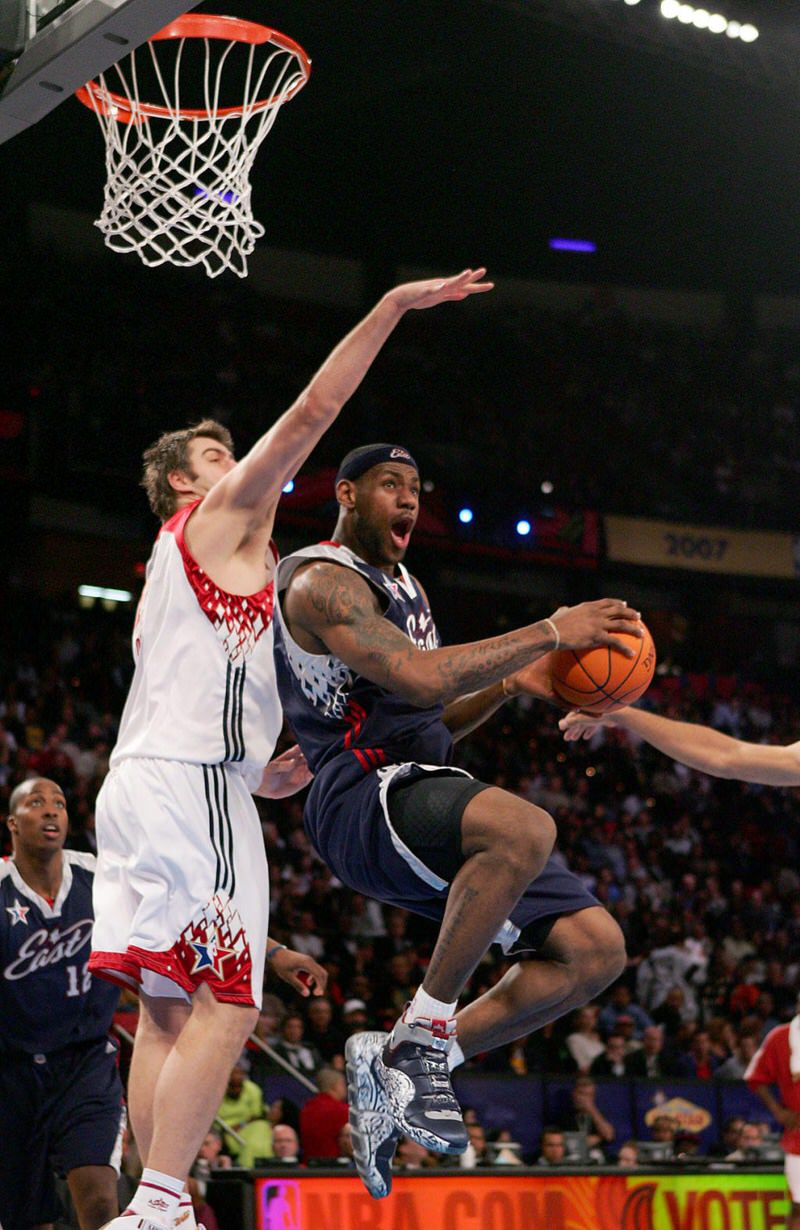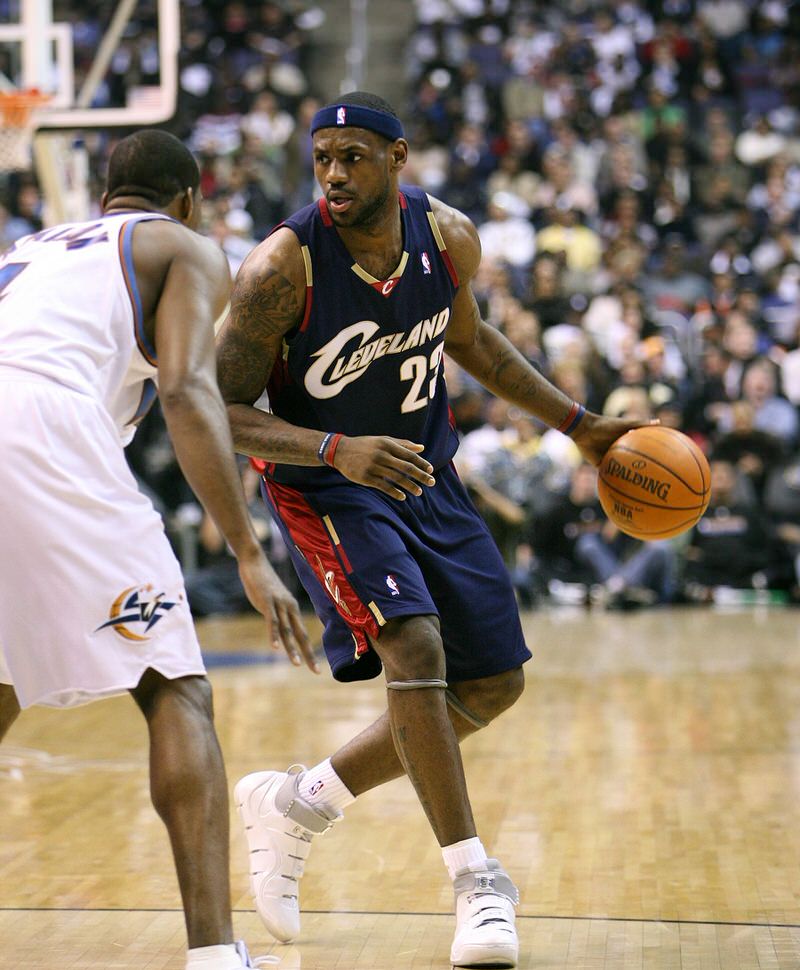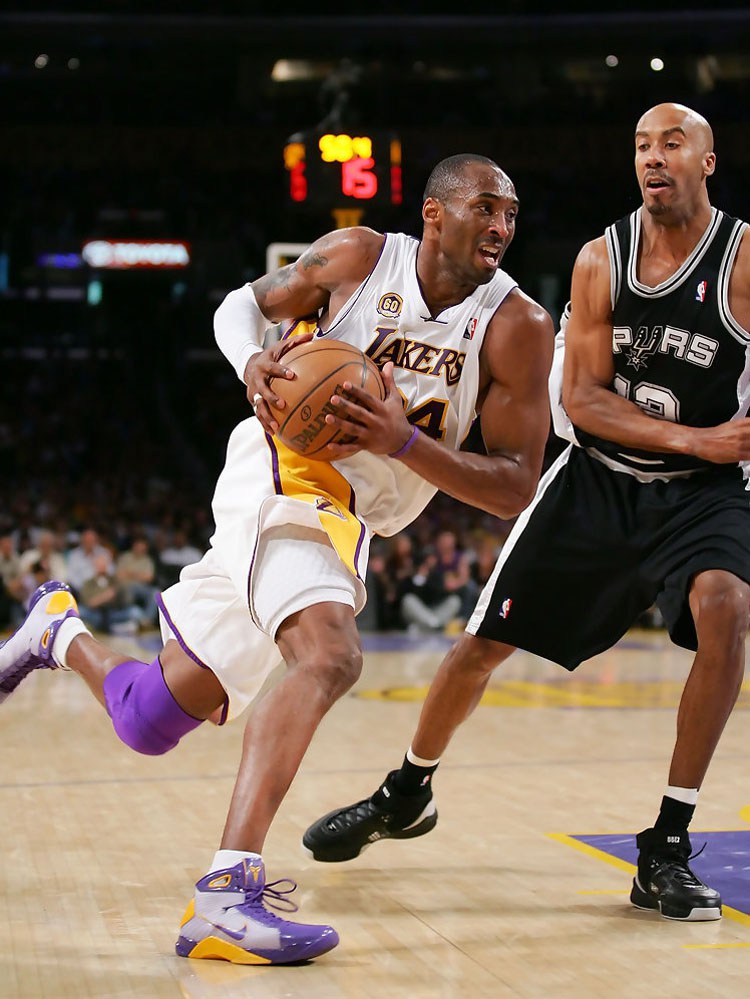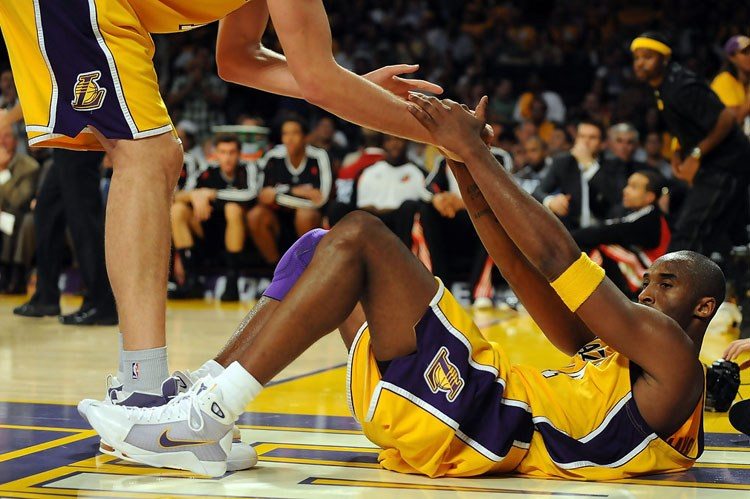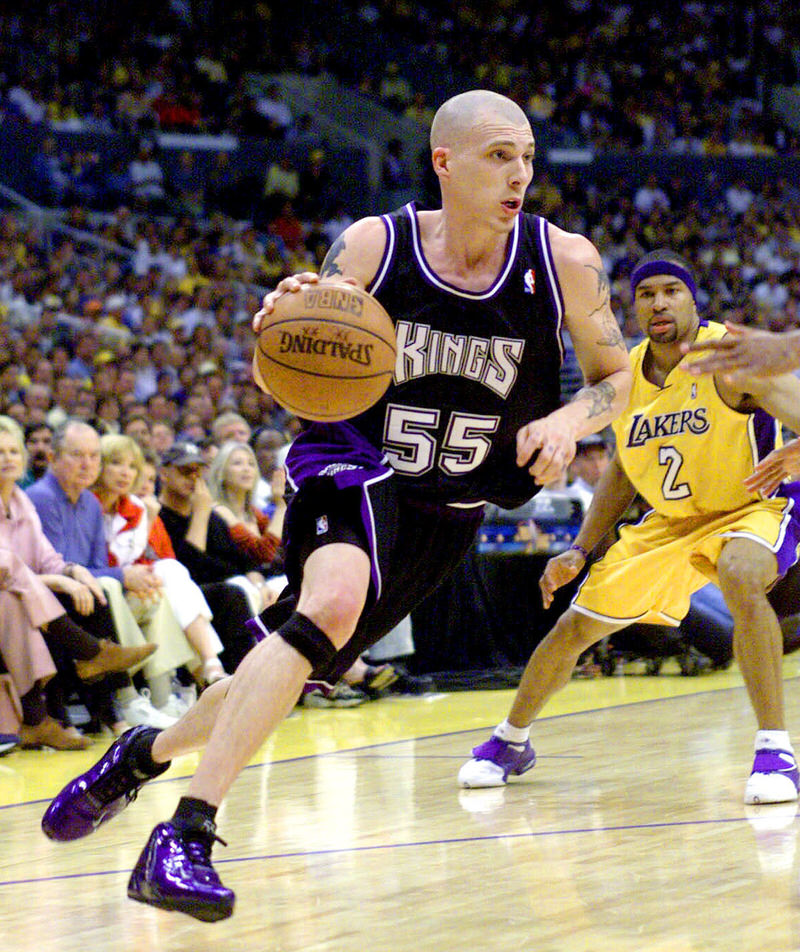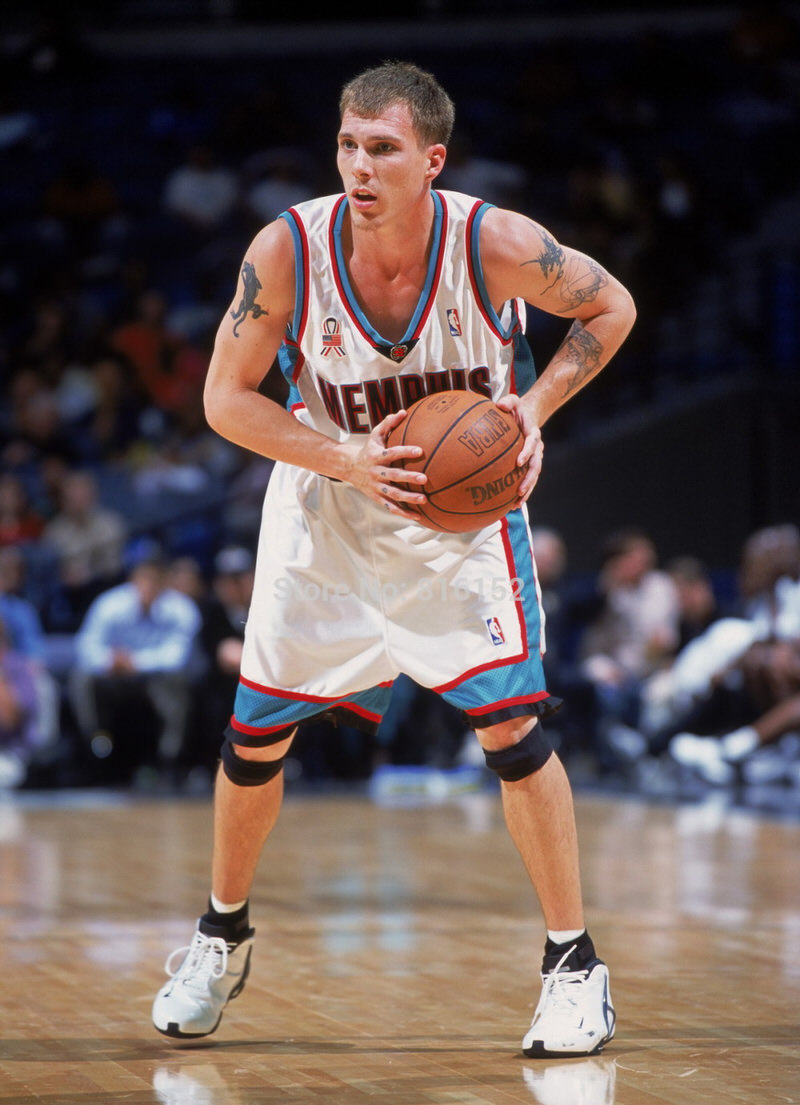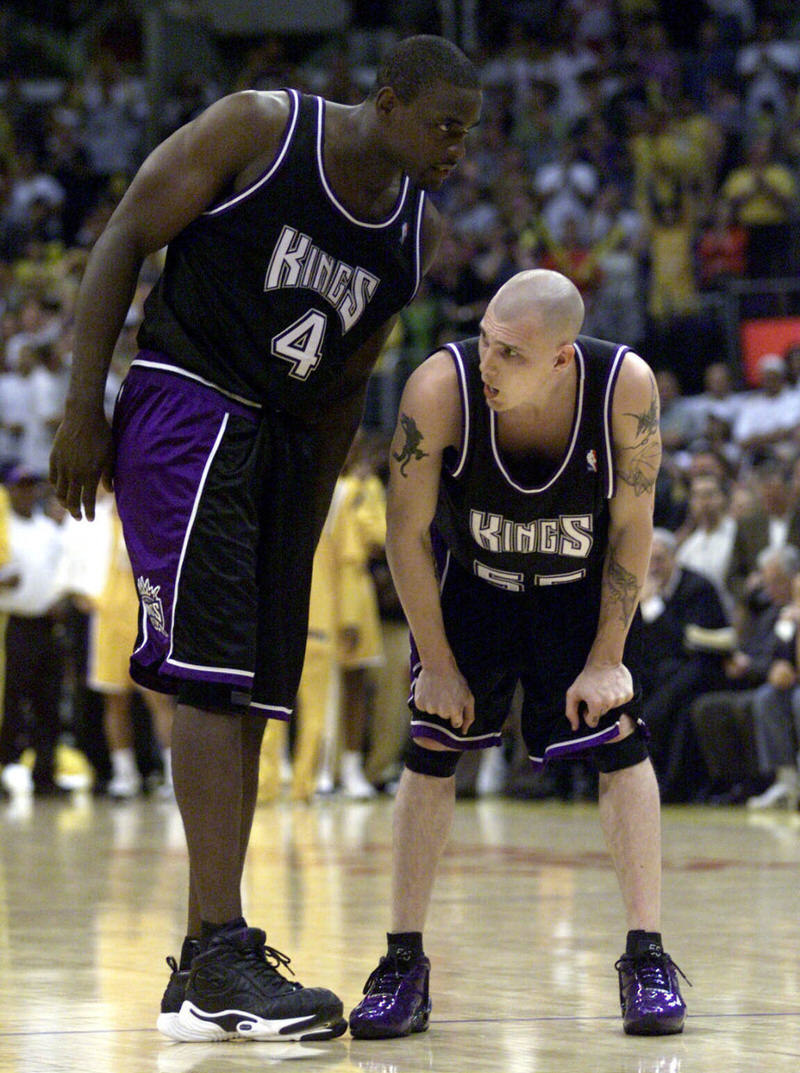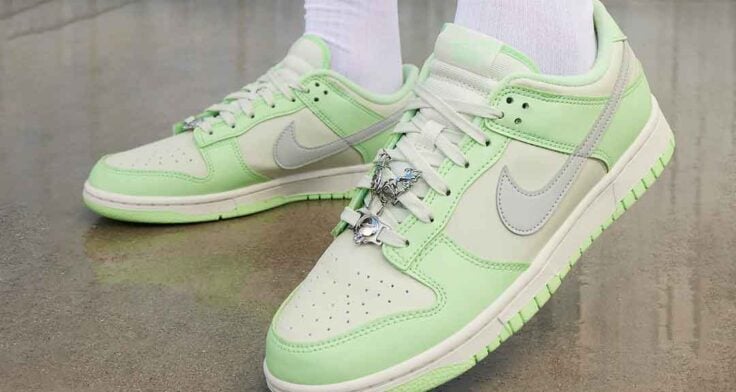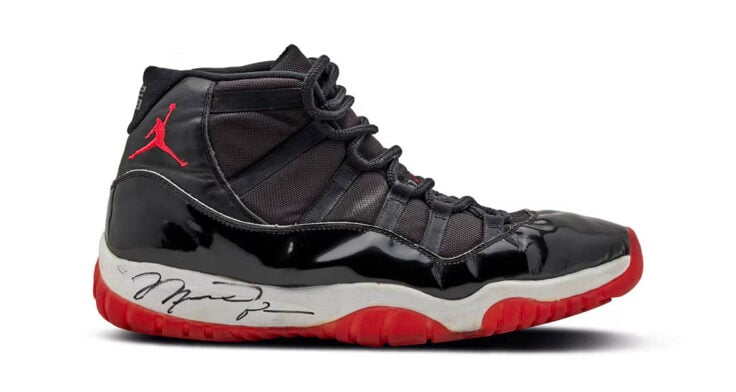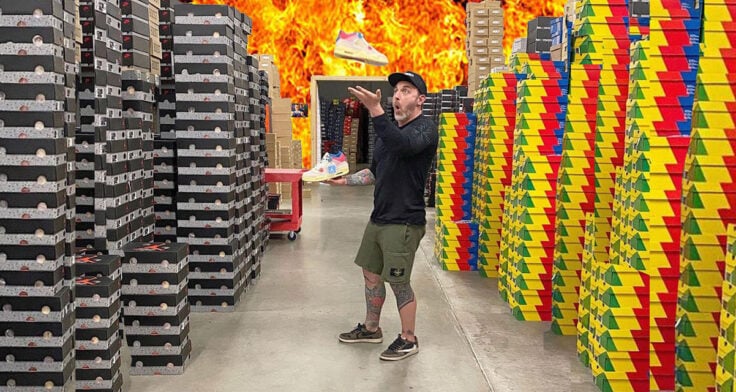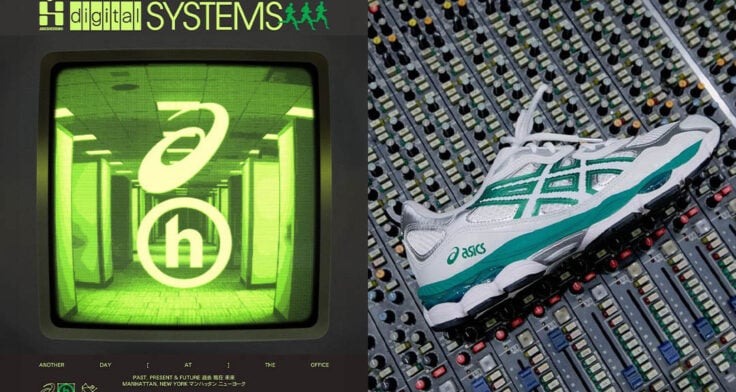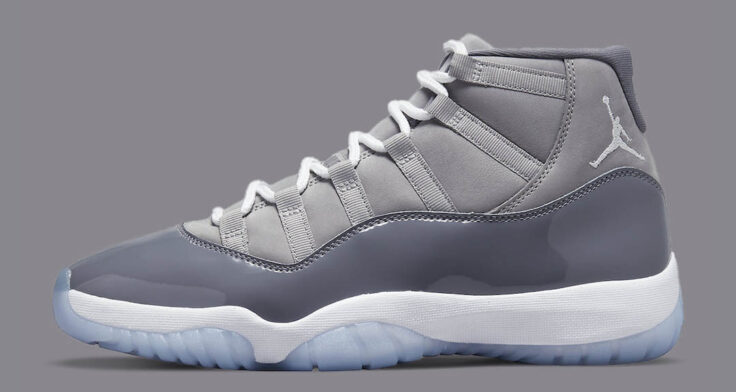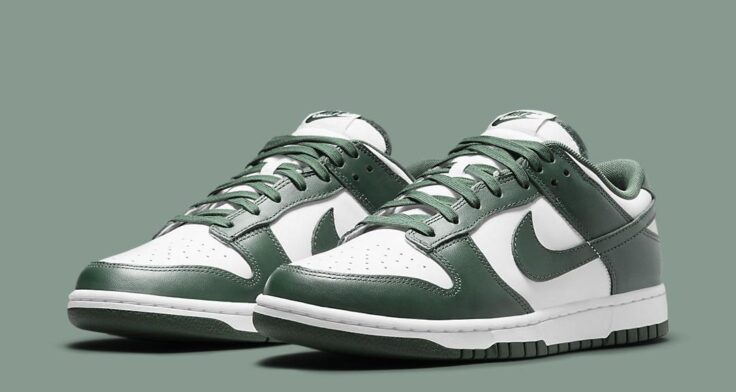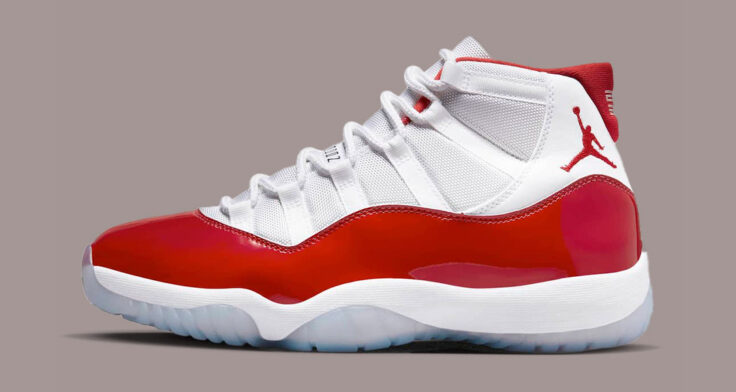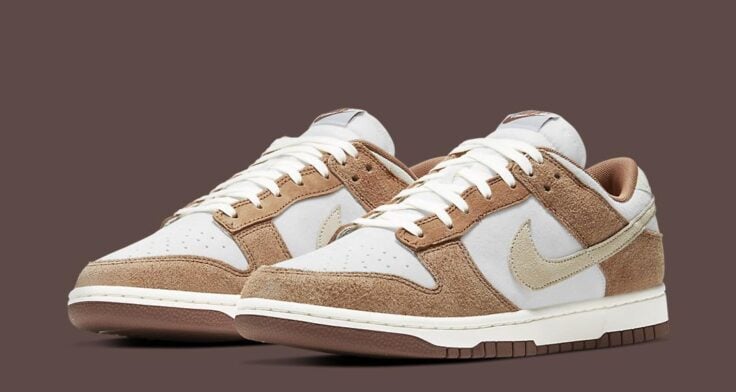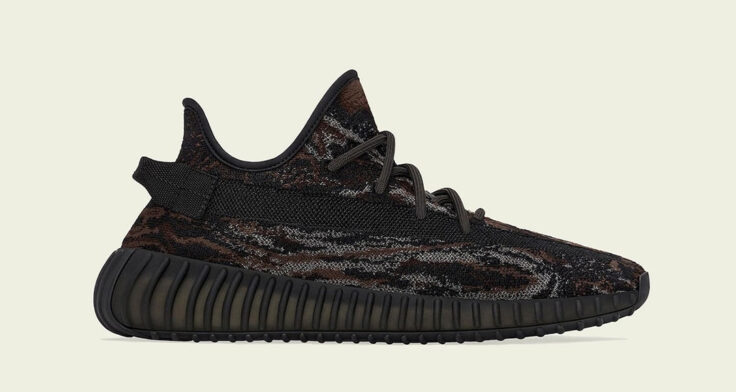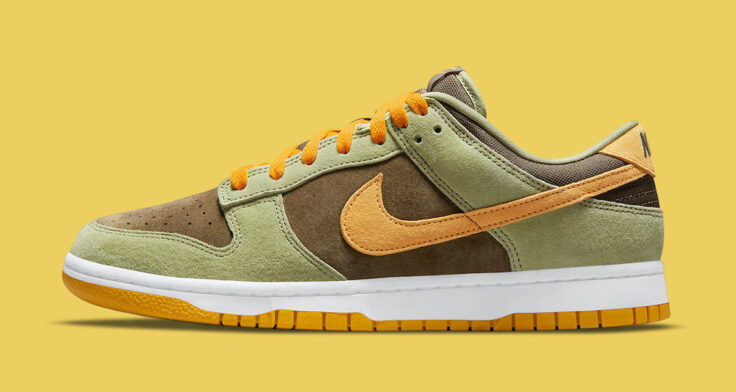Yesterday, Nike Basketball made waves by announcing their “Champions Think” Collection, paying homage to players under the Nike, Inc. umbrella that made memorable moments during the Playoffs. While there are plenty of highlights, its hard for hoopers to not be excited about the Nike Kobe 1 Protro in the collection and its revamped hardwood capabilities.
Over the last few months, the Protro concept has been introduced under the Black Mamba monicker leaving us to wonder if modern tooling will take to other Nike Basketball favorites from the past. Imagining what could be ourselves, here are 12 models we’d like remade and revamped under the Protro pedigree.
Nike Zoom Flight Jet
Shoe: Nike Zoom Jet Flight
Year: 2001
Upgrades: Nike Sphere sockliner/upper, Heel Vis Zoom, Forefoot Zoom Air
The original Nike Zoom Jet Flight from 2001 was the ultimate guard shoe. Lightweight in composition, low profile in regards to lockdown and court feel, the model was so minimal there was next to no room for flaws. While the Steve Nash standout would play just fine as a true to form re-release, it’d be even better as a retooled Protro. Playing up its strengths — lightweight and snug fit — we’re swapping out standard mesh for that of Nike Sphere on the sockliner and kicking heel Air Max to the curb for Vis Zoom in the heel.
Nike Zoom Flight 2k3
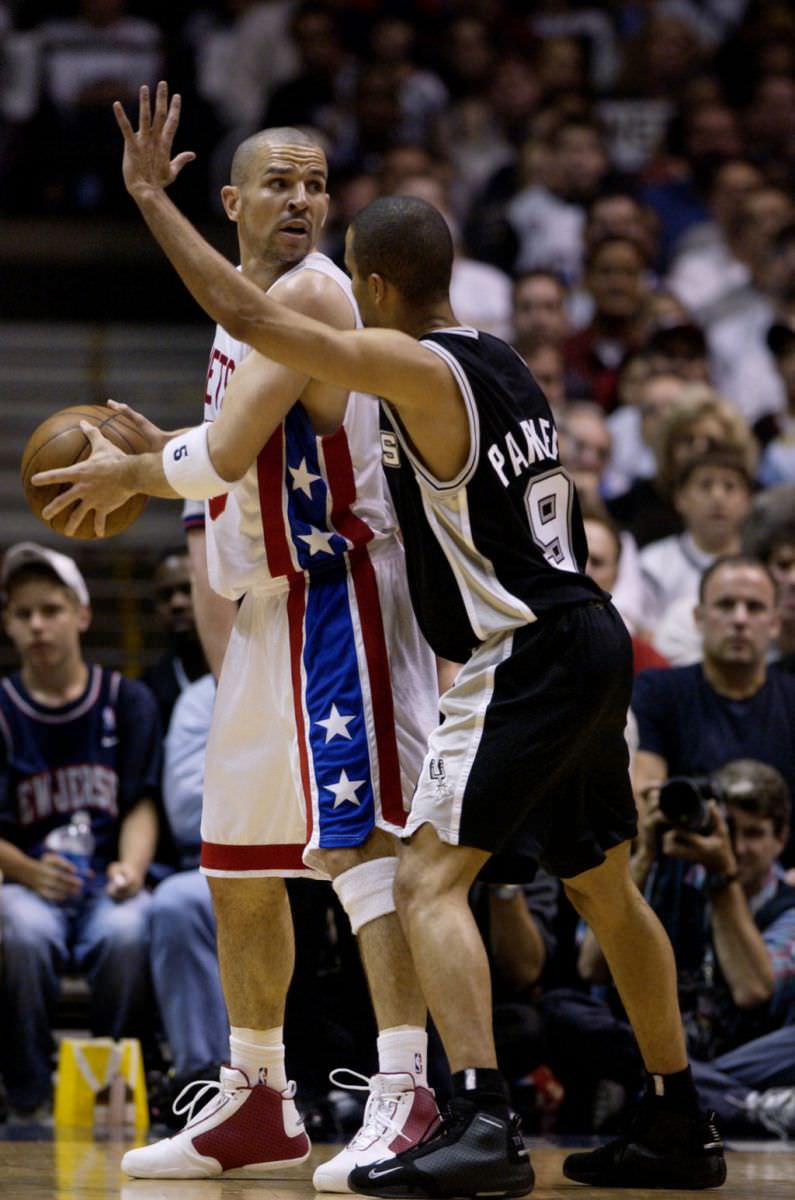
Shoe: Nike Zoom Flight 2k3
Year: 2003
Upgrades: Full-length Zoom Air cushioning, Flywire sidewall, Flyknit tongue and toe down
The list of models both Kobe Bryant and LeBron James played in is short, however, the Nike Zoom Flight 2k3 leads that lineage.
The guard/wing shoe of choice when both signed with the Swoosh, the ZF2k3 was one of the lighter and leaner models made for the hardwood during an era that also saw Shox. Making the most of modern materials, we’d like to see these upgraded with a Flywire sidewall similar to the OG Hyperdunk while the tongue and toe down would see Flyknit composition similar to that of the Kobe 9 Elite.
Nike Zoom Ultraflight
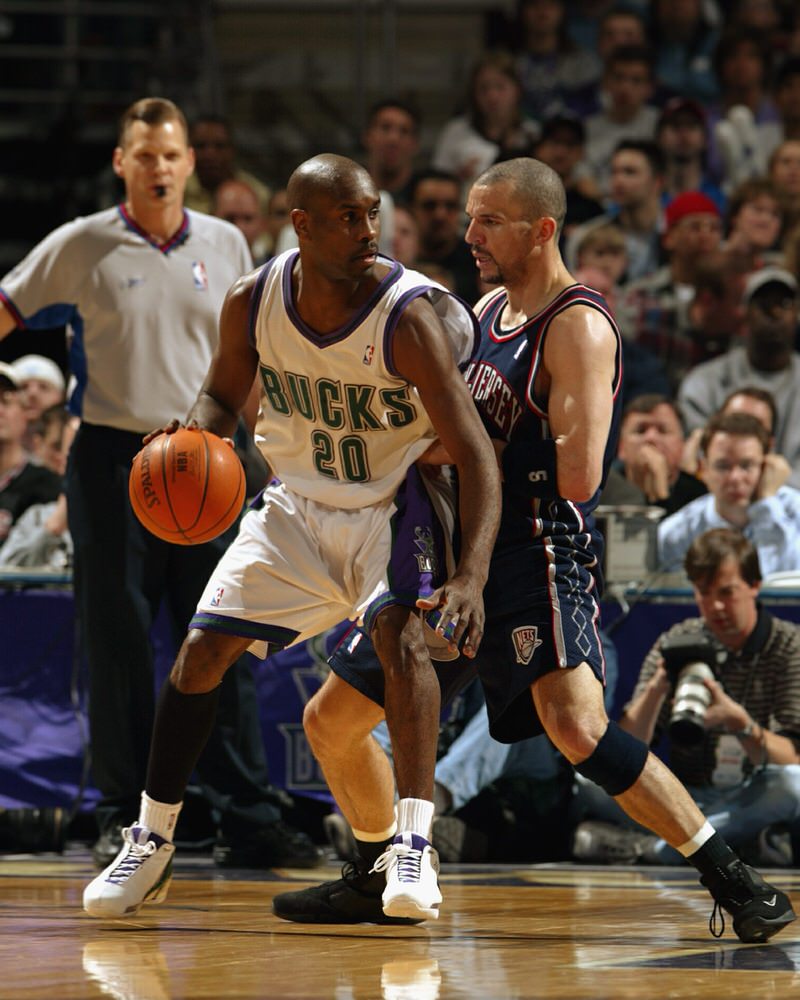
Shoe: Nike Zoom Ultraflight
Year: 2004
Upgrades: Stripped down upper for full Flyknit construction
The Zoom Ultraflight was a beast on court back in 2004. While designed for fast players — see GP above — the game is even speedier before.
Best bet? Strip these down.
While the clear cage and leather upper made for great contrast and sound visuals, they could be done with out in the modern game. Taking a page out of the KDX design language, use full Flyknit on the upper while attaching a sleeker Monkey Paw for nostalgia and support.
Nike Shox VC II
Shoe: Nike Shox VC II
Year: 2002
Upgrades: Podular REACT cushioning, full Flyknit upper
What would Vince Carter wear if he was still playing in 2018? Well, he still is playing in 2018. While his high wire act may be more grounded in the present day, he can still get up.
Though VC has been known to bring back Shox and play in lower tier Air Max models in modern times, we’d like to see his signature line brought back with better tech. Making the most of Nike’s new toys we’d revamp the Shox columns with that of REACT foam and replace the leather with the Flyknit found on the new Hyperdunks.
Nike KD IV
Shoe: Nike KD IV
Year: 2011
Upgrades: Full-length Zoom Air, Flyknit upper
The Nike KD IV is that shoe in the KD line. Making the Durant series pop both on court and off, the smooth strapping, easy price point and loud colorways of the KD IV put the series on the map.
To improve on the shoe’s performance flaws, the first thing we’d do is incorporate full-length Zoom Air for a bouncier ride through and through. Hyperfuse proved light and airy on the OG’s upper, but it was also pinchy. Add to the esteem with Flyknit fashioned like the KDX and these are next level.
Nike Zoom LeBron 4
Shoe: Nike Zoom LeBron 4
Year: 2006
Upgrades: Hyperposite upper, Dynamic Flywire lacing
For OG Ekins, much of the charm of the LeBron IV was its Foamposite composition. For ball players, the heaviness of said shoe made for a tank of a shoe that really only worked on a tank of a person.
As a Protro, Nike could lighten the load with a Hyperposite upper as seen on the LeBron 11. We’ll keep the full-length Zoom Air as its bounce was next level, but we will address the straps over the laces by ditching them in favor of Dynamic Flywire and an exposed tongue.
Nike Zoom Kobe 4
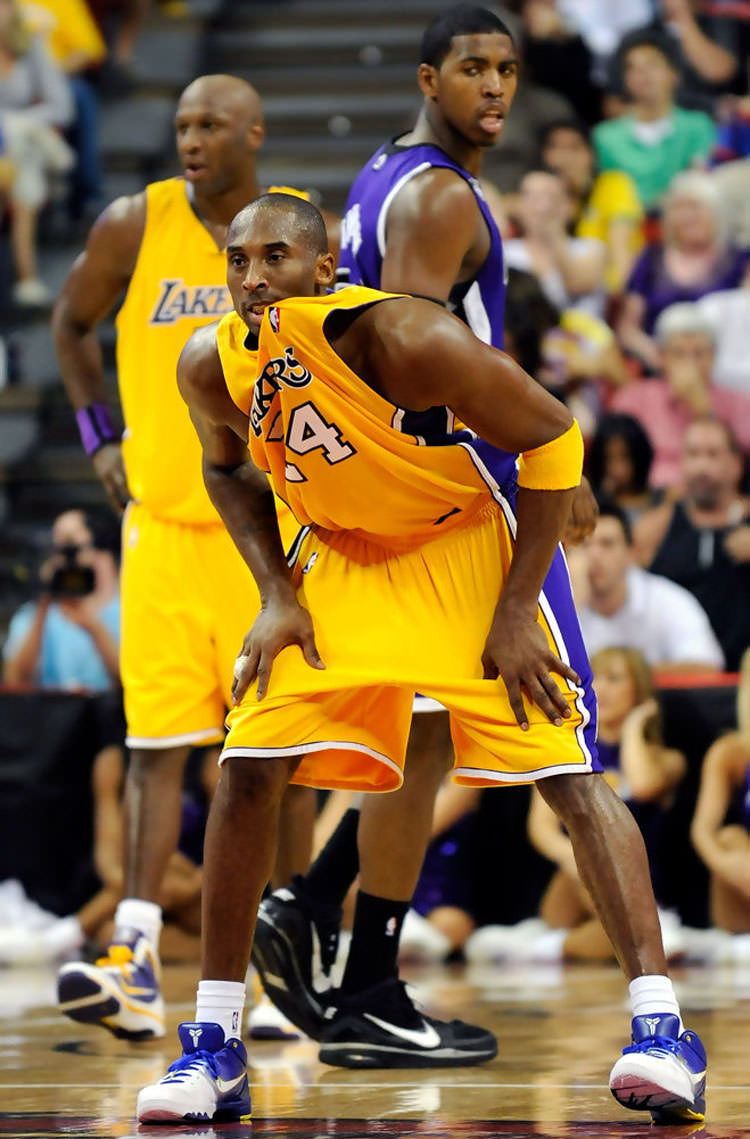
Shoe: Nike Zoom Kobe 4
Year: 2009
Upgrades: Full-length Zoom Air
Flaws were few on the Nike Zoom Kobe 4. Popularizing low tops post-Steve Nash, his signature series turned a corner with the 4.
Truthfully, the only issue with the OG Kobe 4 was the then new Lunarlon cushioning bottoming out after numerous wears. While Lunar is light, nothing is seeing Zoom Air.
Nike Hyperdunk
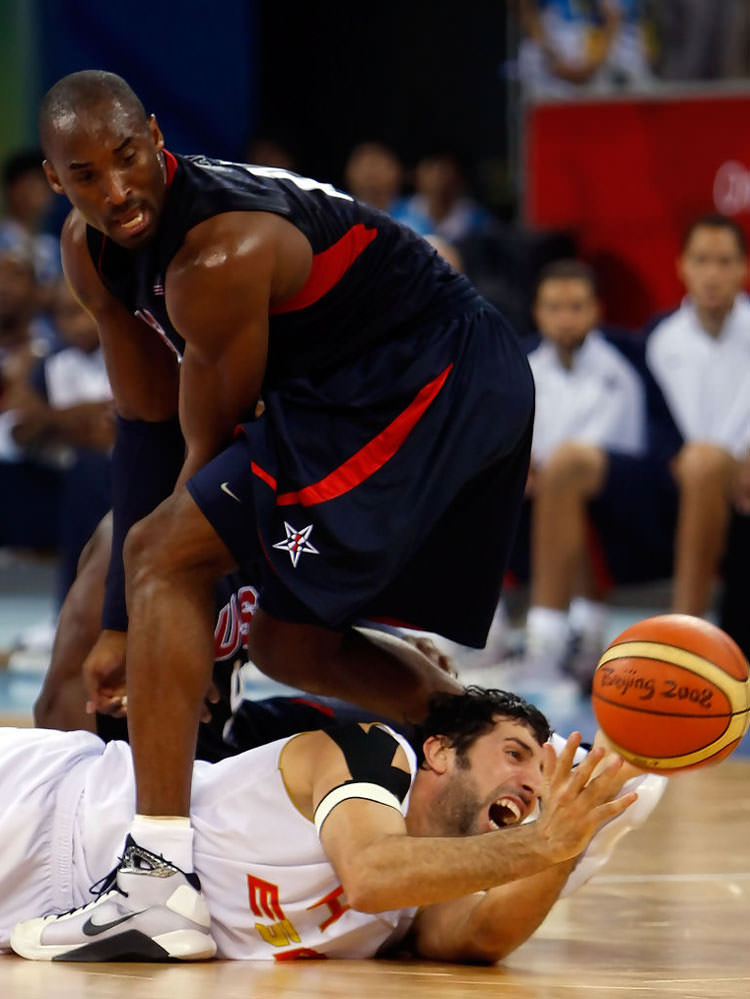
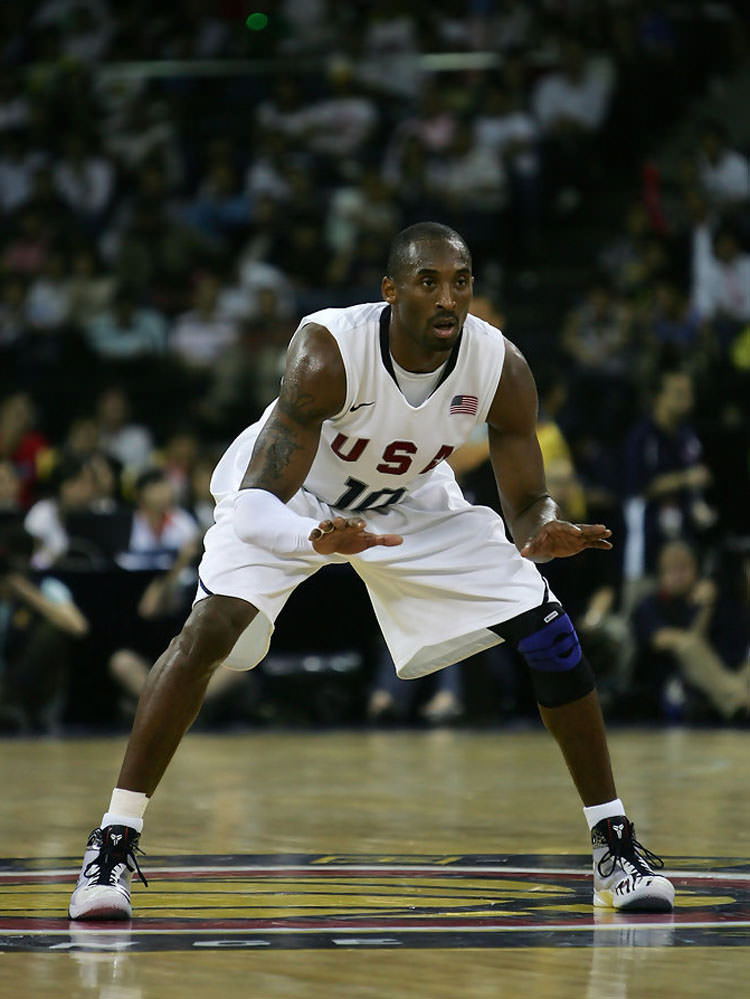
Shoe: Nike Hyperdunk
Year: 2008
Upgrades: Modular drop-in cushioning, full Flyknit upper
Strong statement but the Nike Hyperdunk may be the most pivotal performance basketball shoe of the last decade and a half. A genius rollout backed by next generation technology and Olympic endorsement re-engergized an otherwise dormant category and brought in new buyers.
So, how do you make an all-time classic better? For one, you address the shoe’s biggest issue: the Lunarlon cushioning bottoming out. Taking a page from the Kobe playbook, offer drop-in insoles to keep the bounce fresh and allow wearers to choose between Lunar and Zoom support. While the first-ever Flywire was the calling card for the OG, create a softer and sturdier wear by replacing it with Flyknit much like the Elite level Kobes that would follow.
Nike Zoom Soldier III
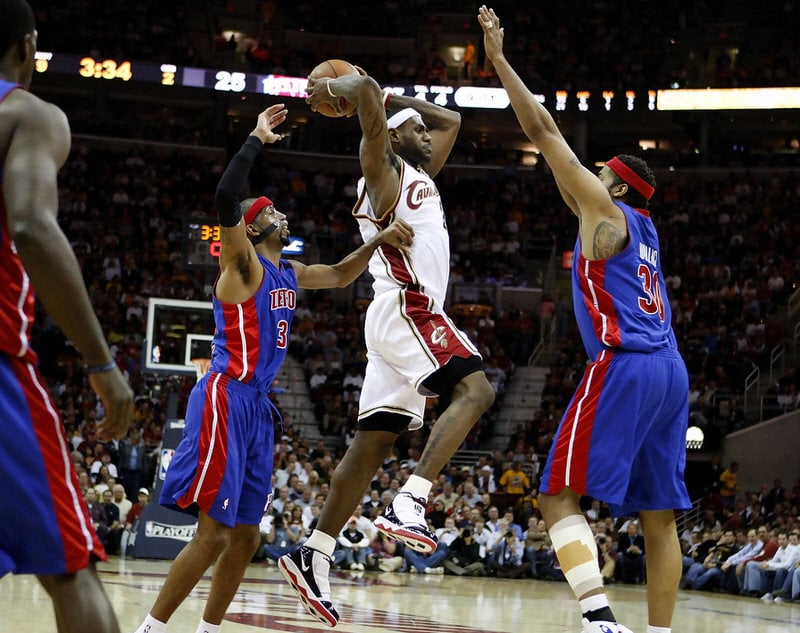
Shoe: Nike Zoom Soldier III
Year: 2009
Upgrades: Mesh upper, FlyEase closure
The Nike Zoom Soldier III was known as a performance beast at the time of its launch on both the hardwood and the blacktop. Truth be told, there’s not much worth changing.
But, if we were to riff of what’s made future Soldier models great we would ditch leather for lighter weight mesh as seen on the X and XI. Just the same, we would introduce FlyEase strapping/closure to make sure all athletes are able to get buckets in the King’s kicks.
Nike Air Max LeBron 7
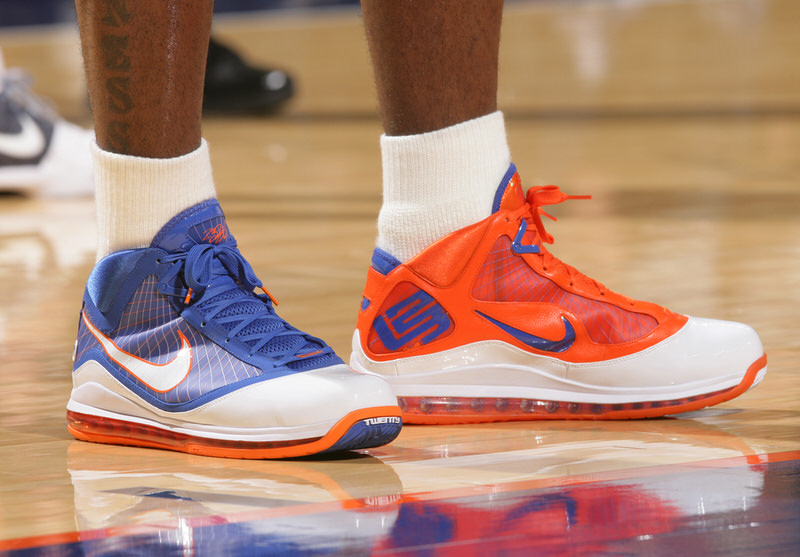
Shoe: Nike Air Max LeBron 7
Year: 2009
Upgrades: Zoom Max cushioning, Dynamic Flywire x Hyperfuse upper
As a retro, it’s safe to assume the LeBron 7 will have similar appeal to that of the Jordan 11 thanks to its patent leather mudguard and plethora of hard colorways. While it would wear well on court in regards to OG playing properties, it could still be better.
Riffing off the remedies the LeBron 7 saw in PS form, we’ll replace Max Air cushioning with that of Zoom — only this time in the form of Zoom Max to offer the bounce seen on the LeBron X. Keeping with LeBron X and PS ethos, we’ll swap out the first generation Flywire upper with that of more flexible Dynamic Flywire and Hyperfuse construction.
Nike Air Hyperflight
Shoe: Nike Air Hyperflight
Year: 2001
Upgrades: Lunarlon cushioning, Flyweave upper
Most would agree that the OG Hyperflights were awesome to look at but sucked to play in. Patent leather construction made them easy on the eyes but fragile on the hardwood. So, how could they be better?
While patent placement was more of the era’s aesthetic than of the performance orientation, the original idea of the Hyperflight was to offer the basketball equivalent to the Mayfly — a shoe made for marathoners to wear for a race and literally fall apart after.
With that in mind, a Protro would play well with a Lunarlon sole — known to be great out of the box but eventually bottom out — and a snug Flyweave upper as seen on the Air Jordan XX9 — not as flashy as patent but still light and more snug for a one-and-done style shoe.
Nike Air Penny 1
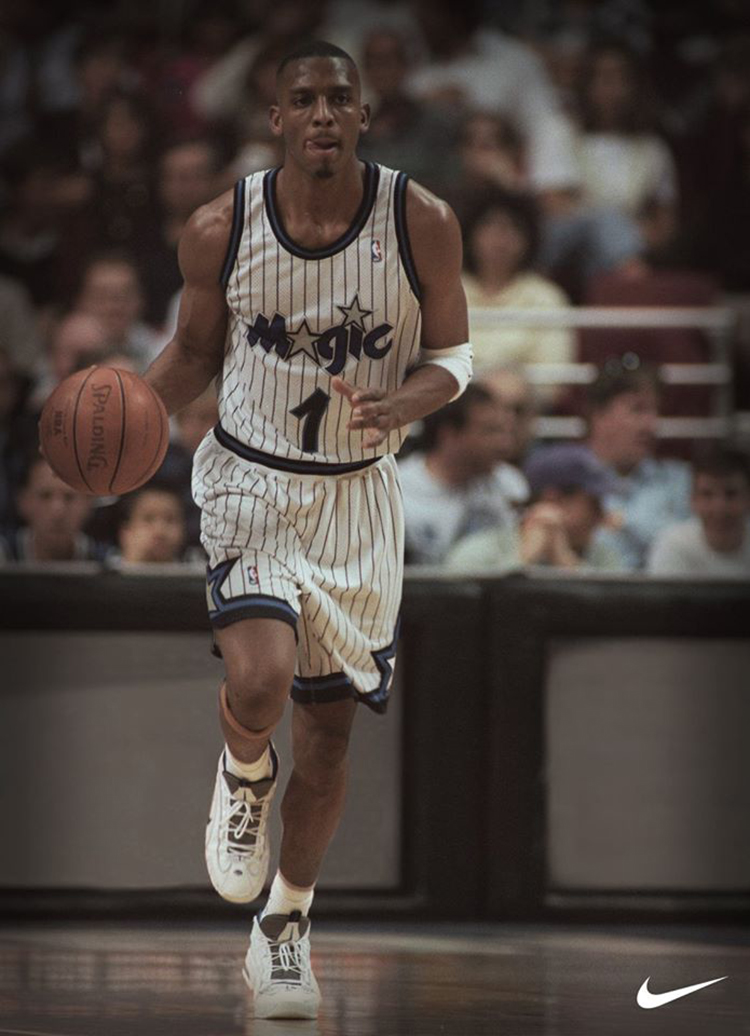
Shoe: Nike Air Penny 1
Year: 1995
Upgrades: Vis Zoom heel, forefoot Zoom Air, Flightposite wing, neoprene upper
The best way to upgrade the original Nike Air Penny would be to take from the playing preferences of his signature shoes that followed. Going lighter and leaner, Zoom Air would replace that of Air Max by appearing in visible form in the heel followed by encapsulated form in the forefoot. Continuing to lighten the load, the famous rubber wing on the upper would be made modern with Flightposite molding. Pulling it all together literally and figuratively, neoprene would replace that of leather on the upper for a snug slip-on fit.

